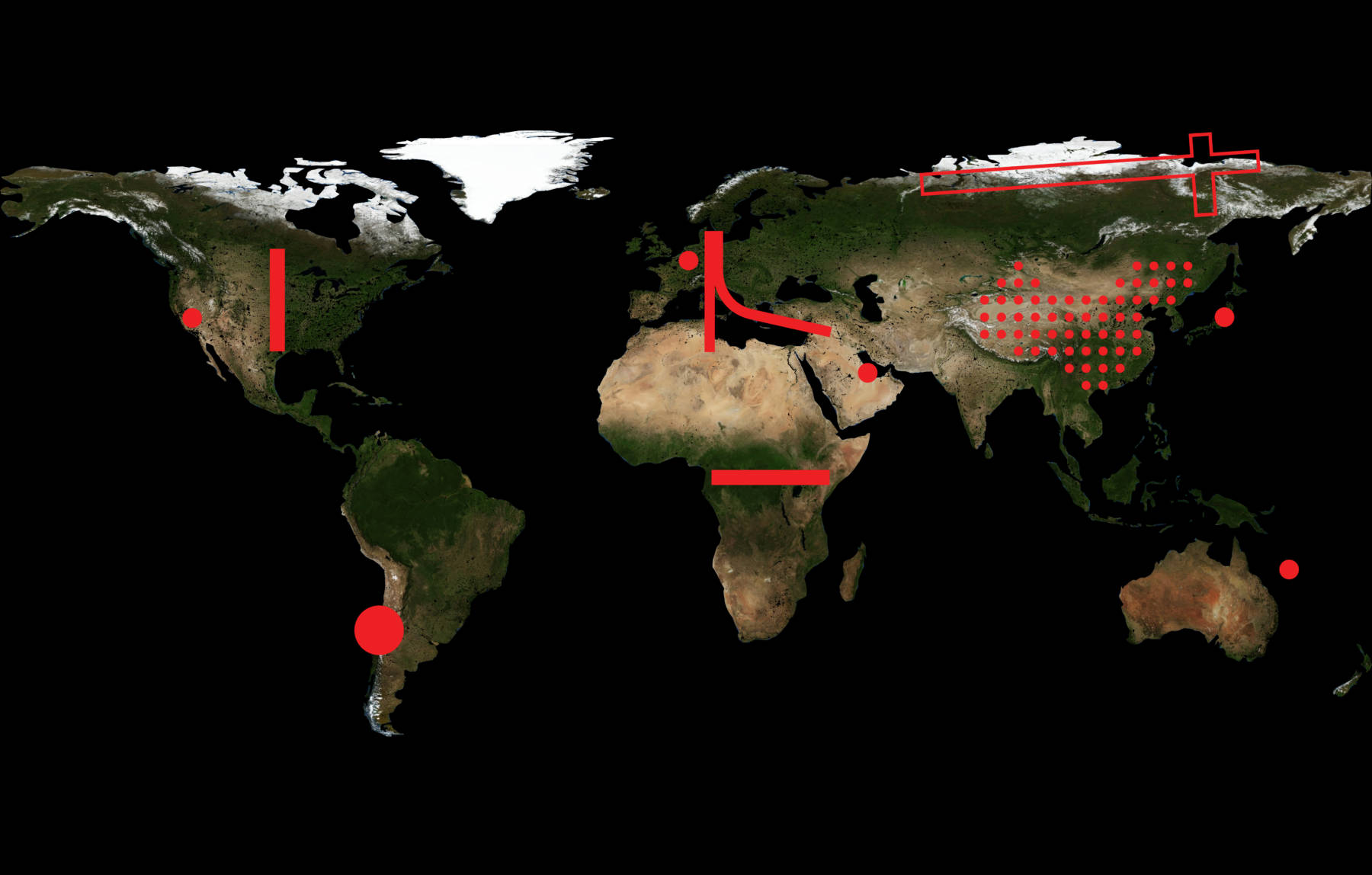NEW YORK, USA: From February 20 through August 14, 2020, the Solomon R. Guggenheim Museum presents the exhibition Countryside, The Future, organised in collaboration with architect Rem Koolhaas and Samir Bantal, director of AMO, the think tank of the Office for Metropolitan Architecture. To coincide with the opening of the exhibition, the book Countryside, A Report (Guggenheim Museum and Taschen, 2020) has been published.
In June of 2014, the UN released World Urbanisation Prospects, a report that announced that half of all humankind now lived in cities, and stated that “managing urban areas has become one of the most important development challenges of the twenty-first century.” This heralded a global focus on sustainable urbanisation that ignored the other half of the world’s population living in rural conditions—neglecting not just their challenges but also exciting and innovative solutions to modernity.
This exhibition is an attempt at rectification, and its content is drawn from a large consortium of collaborators representing diverse global geographies and a broad range of expertise. A unique exhibition for the Guggenheim Museum, Countryside, The Future contests the assumption that ever-increasing urbanisation is inevitable, exploring radical changes in the rural, remote, and wild territories collectively identified here as “countryside,” or the 98% of the Earth’s surface not occupied by cities.
A central thesis of the exhibition is that our current form of urban life has necessitated the organisation, abstraction, and automation of the countryside at an unprecedented scale. Data storage, fulfillment centres, genetic engineering, artificial intelligence, robotic automation, economic innovation, worker migration, and the private purchase of land for ecological preservation are in many cases more actively explored and experimented with in the countryside than the city.
The impact of global warming on specific countryside conditions underlies much of the show. In Siberia, the thawing of permafrost is dramatically transforming the landscape and releasing increasing amounts of methane with potentially catastrophic consequences.
Rem Koolhaas: “In the past decade, I have noticed that while much of our energies and intelligence have been focused on the urban areas of the world, the countryside has changed dramatically under the influence of global warming, the market economy, American tech companies, African and European initiatives, Chinese politics, and other forces. This story is largely untold, and it is particularly meaningful for AMO to present it in one of the world’s great museums in one of the world’s densest cities.”
Richard Armstrong, Director of the Solomon R. Guggenheim Museum and Foundation: “Countryside, The Future marks a turn in trajectory for Rem Koolhaas following a career-long focus on cities, presenting the curious encounters, stories, phenomena, conditions, fears, and hopes that he and his colleagues discovered on their travels through rural areas around the world. With this bold exhibition, the Guggenheim carries forward its legacy of risk-taking, addressing urgent global concerns with a project that goes beyond cultural matters into political, anthropological, scientific, technological, and philosophical territory.”
Samir Bantal, Director of AMO: “This is a collection of new and old ideas that aims to rediscover the dynamics of the countryside. A place many of us think of as stable and slow-moving is revealed as an incredibly agile and flexible realm, even more than any modern metropolis.”
Troy Conrad Therrien, Curator of Architecture and Digital Initiatives at the Guggenheim Museum and organiser of the exhibition: “Countryside, The Future isn’t so much a culmination as a reveal, the wholesale delivery of a decade of insight into the marketplace of ideas and opinion on what’s to come. The exhibition begins the way the accompanying book ends: with a tapestry of questions, almost a thousand in total, that simultaneously declare the thoroughness of the investigation and a still-unsated curiosity for the countryside, or what Rem Koolhaas calls an ‘ignored realm.’ Ignored by whom? Rem, for one. The declaration isn’t hubris, it’s a challenge for us all, countryside inhabitants and experts included, to think anew about what may seem foreign or familiar.”
VISITOR INFORMATION
Admission: Adults $25, students/seniors (65+) $18, members and children under 12 free. Open daily from 10 am to 5:30 pm; Tuesdays and Saturdays until 8 pm. Admission is pay-what-you-wish on Saturdays from 5 to 8 pm. Visitors may learn more about the exhibition using the museum’s free Digital Guide app, Bloomberg Connects, available on-site or from the Apple App Store or Google Play.
For general information, call 212 423 3500 or visit the museum online at: guggenheim.org or guggenheim.org/social
#CountrysideTheFuture
Photo: Courtesy of OMA.




















